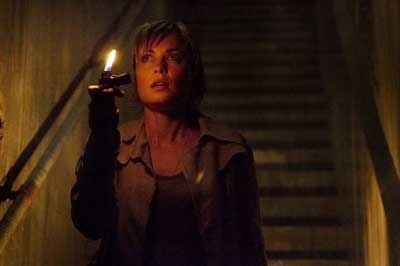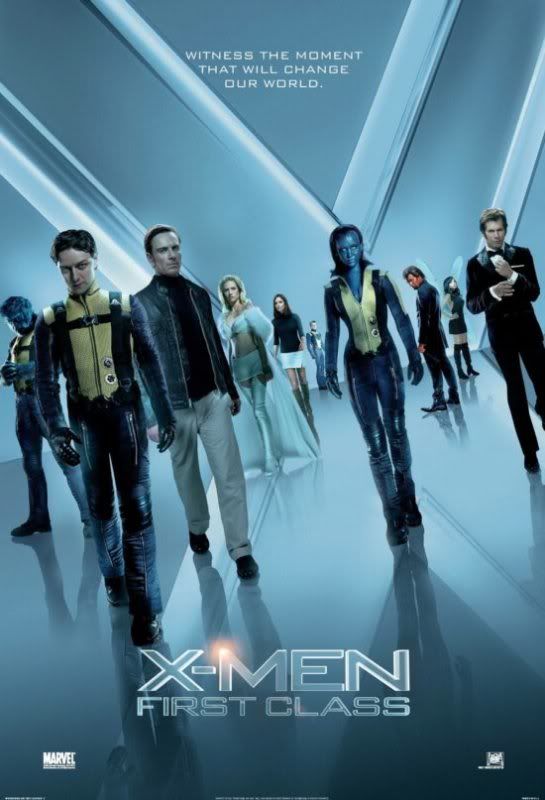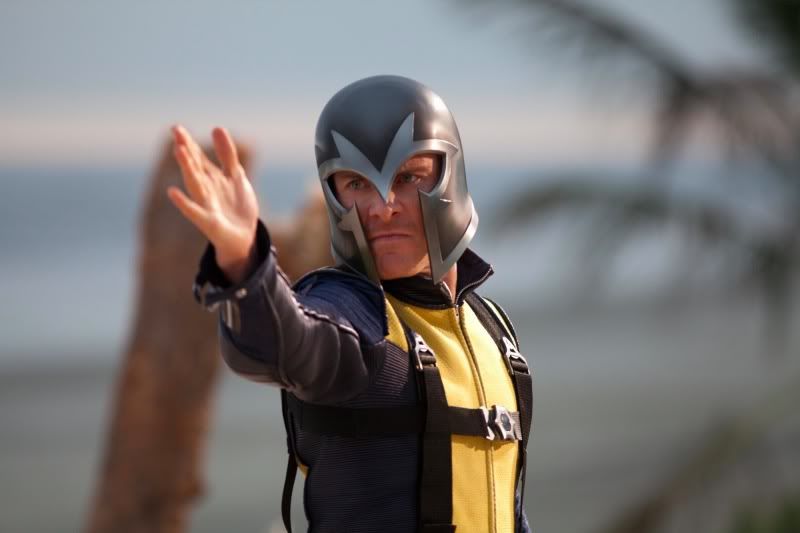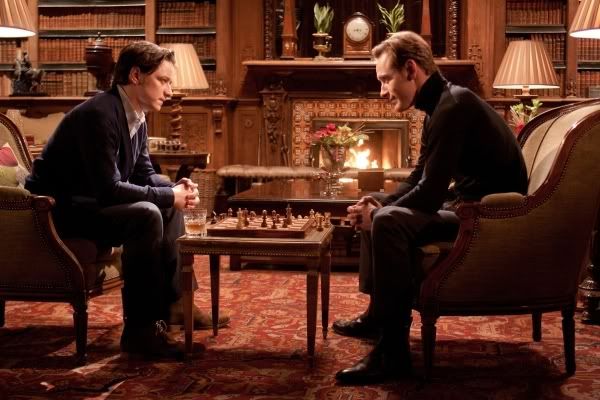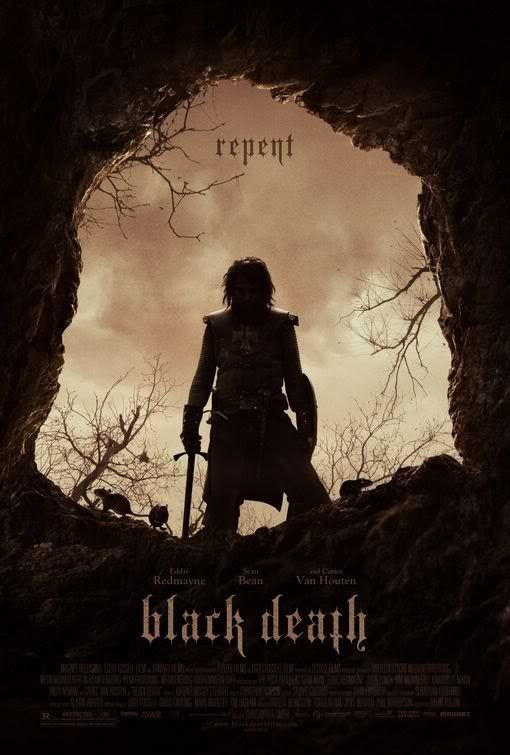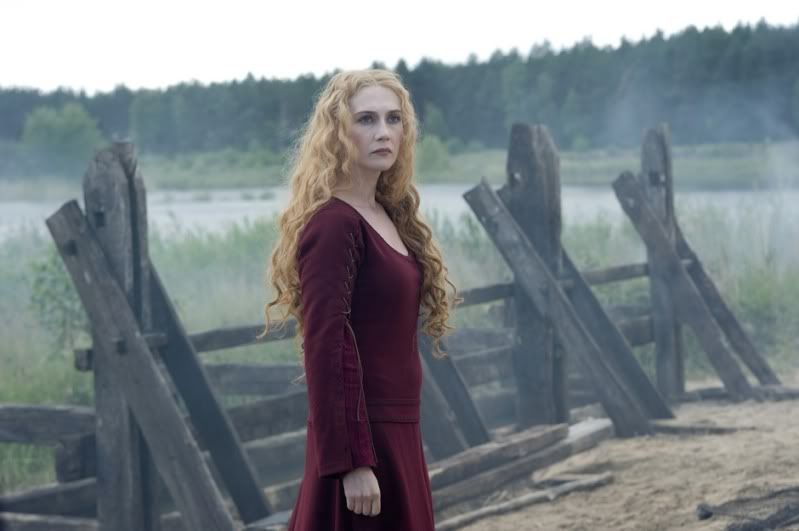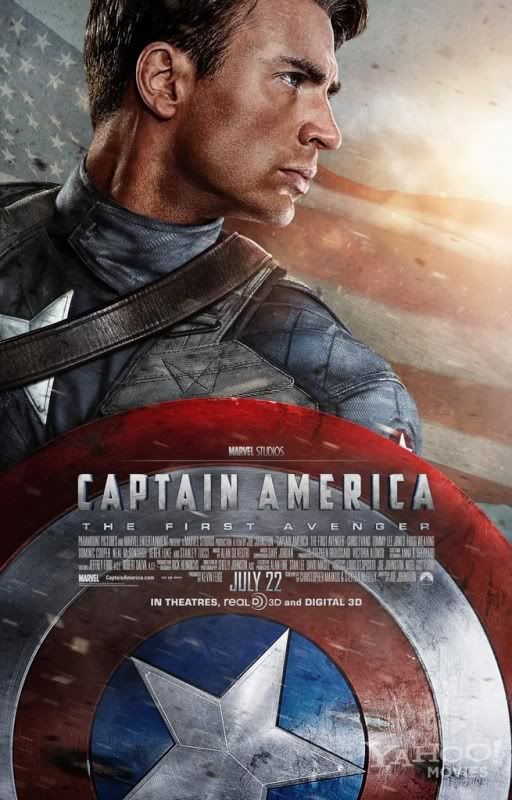
[audio:http://www.blueinkalchemy.com/uploads/last_airbender.mp3]
I may have to turn in my nerd card. See, I’ve never watched the animated series Avatar: The Last Airbender. Never. Not one episode. And it’s something that’s right up my alley. I mean, people who can manipulate the elements of earth, air, fire and water through will alone set against one another in a cosmic balance rooted in a unique mythology heavily influenced by Buddhist-flavored mysticism? Hand me my chopsticks, I’d dig the hell out of that. I mean, I just got done reading the entire Dresden Files series and I use ‘alchemy’ in just about all of my branding. I should be a huge fan of Airbender.
But while I’ve never seen the series, I can understand why the M Night Shyamalan film from 2010 based on the franchise would both thrill fans of the series and whip them into a frothing rage-filled frenzy.

As I said in the intro, there are people in the world of The Last Airbender who through concentration and focused movements reminiscent of the martial arts can manipulate the basic elements of creation. Each of them belongs to their own nation, and the Fire Nation has gotten the idea that they should run the whole show. They’ve started a war and according to legend, the only force capable of maintaining the balance of the world and deciding the conclusion of the conflict is the Avatar, a ‘bender’ who has power over all four elements. The Avatar, however, has been reincarnated as a little kid, and it’s going to take some time for him to get a grip on water, earth and fire; his mastery of air, however, is damn near instinctive. This is good, as the Fire Nation kinda sorta wiped out the rest of his kin.
The movie concerns itself with the first season of the show, called “Book 1: Water” which spanned 20 episodes clocking in at around 30 minutes each. That’s 600 minutes. The film The Last Airbender plays out at just over 90. And yet we need to cover who the nations are, what the Fire Nation is after, who Aang the boy Avatar is, who his friends are, what motivates his enemies and how the various powers of the benders of each nation work. That’s a lot of narrative ground to cross, and if you want to both please the fans and introduce non-fans to the world, you can’t leave a shred of it out.
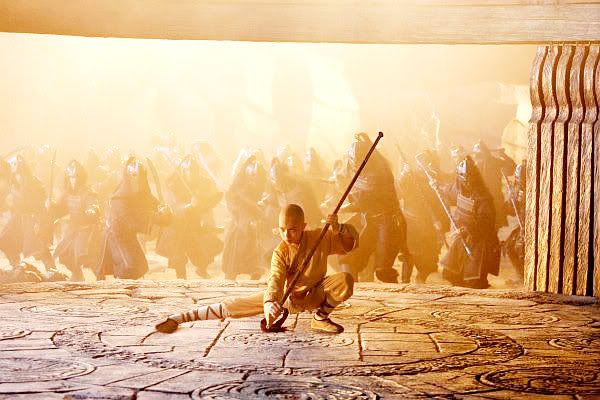
The fight scenes really are impressive.
The absolute wrong way to do this is layer the dialog of the characters with exposition. Instead of showing us who these people are, The Last Airbender tells us, through narration and conversation, everything that’s essential for us to know. It doesn’t trust us to pick things up through observation or draw our own conclusions. Even kids can pick up the Fire Nation being bad or Aang’s past being tragic without it needing to be spoon-fed to them. And this is the bulk of the movie. I understand that it was a daunting task to put this all together in a single film that had to appeal to as wide an audience as possible, not to mention being what amounts to a saving throw for M Night Shyamalan’s career. But when you need to slog through this stuff for over an hour it really starts to wear on you.
However, the news is not all bad. The visual effects in The Last Airbender are pretty seamless in their mixing of the motions of the actors and the CG used for the elements they control. The music is fantastic and the costumes are great. When the script lets up on the exposition and lets the characters at least attempt some growth, you can see the potential peeking out from around the plot explanation. And as the film ramps up towards its climax the expository elements start falling away to let some stunning moments take place which come very, very close to redeeming the entire project.
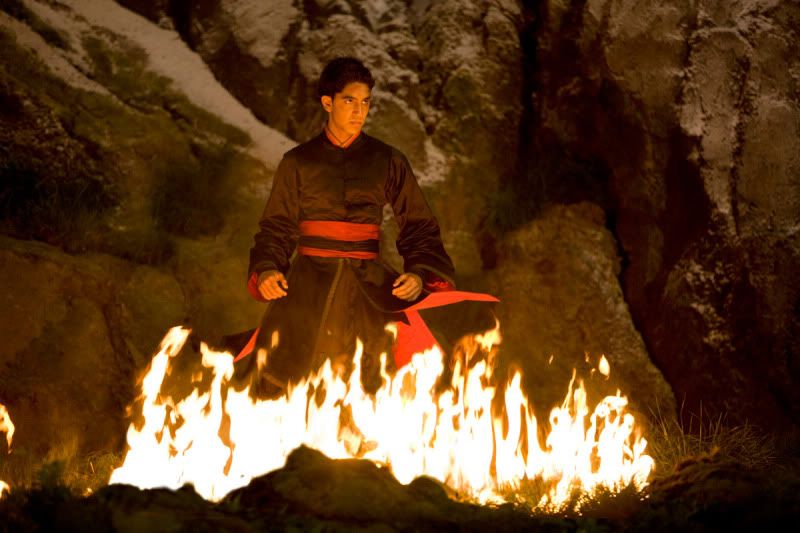
One of the few characters actually given room to grow.
For what it’s worth, the film of The Last Airbender has underscored my need to get into this series and explore it more fully. Based on what I’ve been told by reliable sources like my little sister, the film is a success in that regard. The film looks great and it’s good to see fresh faces from all over the world on the big screen, even if I had trouble buying Aasif Mandvi as a bad guy at first. I’m torn on this one. There’s a part of me that wants to recommend it based on the visuals, the potential and the clear loyalty it has to its source material and the good intentions it has of staying as true as possible without mucking anything up.
But in the end, the plodding pace of the first hour and the way it tries to cram in every bit of exposition into the mouths of its characters it can undercuts all the goodwill and craftsmanship put into the film. I’m going to watch the series, and I recommend anybody interested in this story do the same. To quote many a disapproving parent: I’m not mad, Last Airbender. I’m just disappointed.
Josh Loomis can’t always make it to the local megaplex, and thus must turn to alternative forms of cinematic entertainment. There might not be overpriced soda pop & over-buttered popcorn, and it’s unclear if this week’s film came in the mail or was delivered via the dark & mysterious tubes of the Internet. Only one thing is certain… IT CAME FROM NETFLIX.


